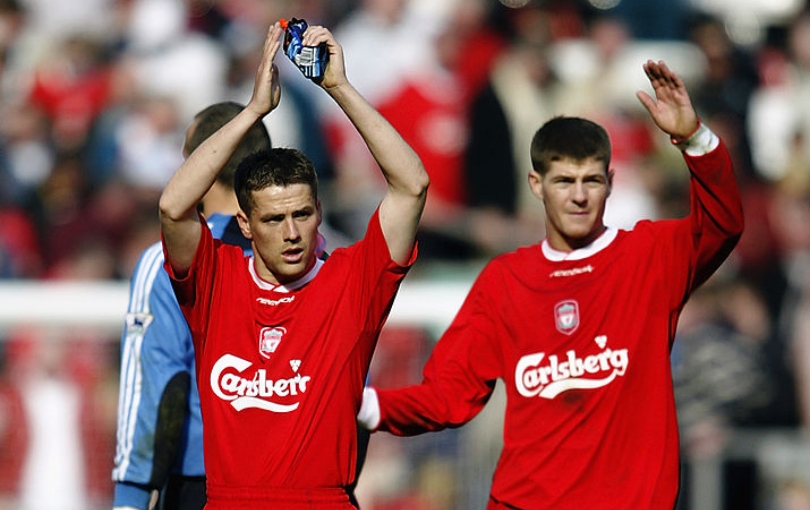Ibrox disaster triggered a radical rethink on crowd safety says leading expert
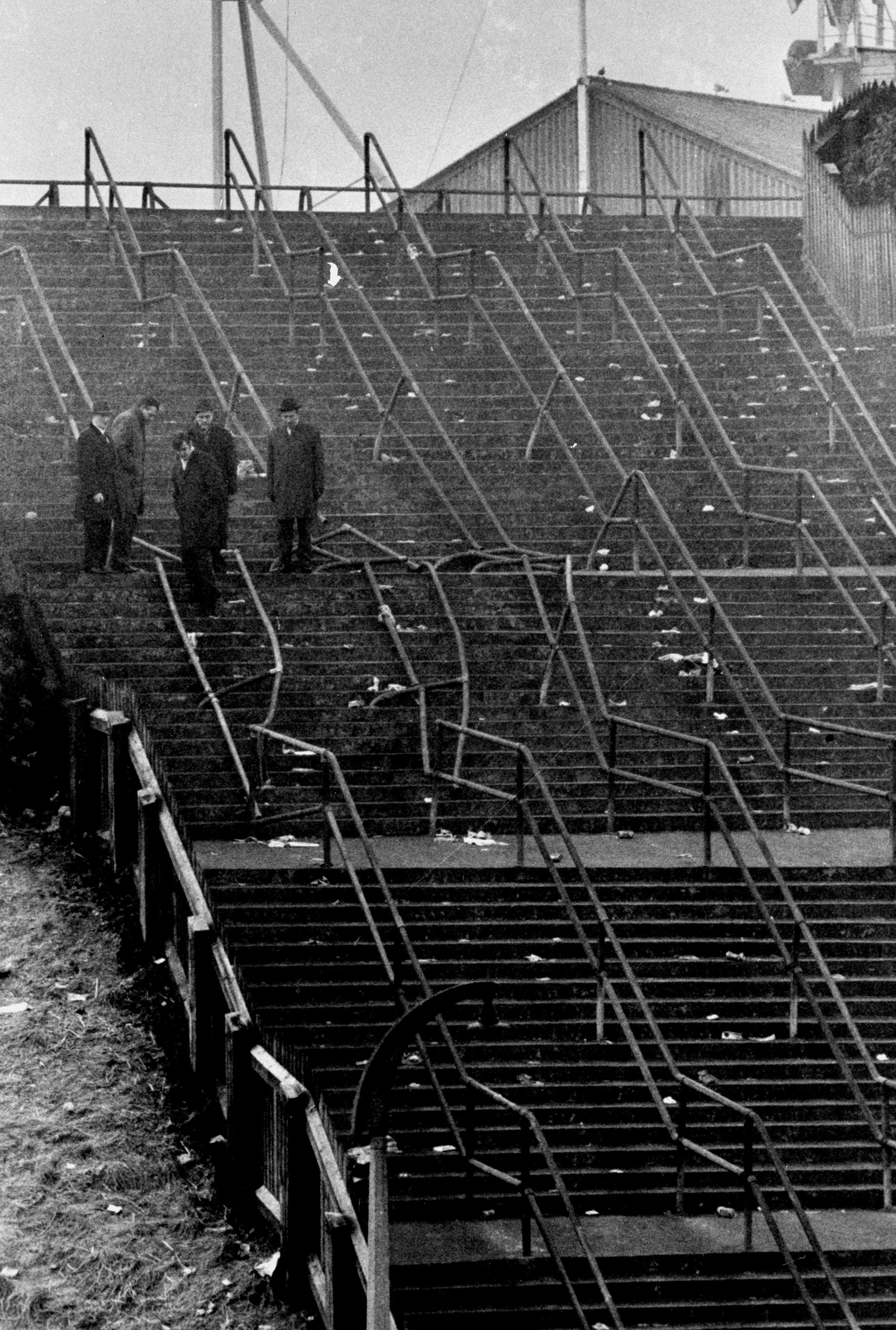
One of the world’s leading stadium safety experts admits it took the loss of 66 fans at the Ibrox disaster for British football to wake up to the dangers of overcrowded grounds.
Saturday marks the 50th anniversary of the worst sporting accident in Scottish history.
The tragedy happened on January 2, 1971, at the end of the annual New Year Old Firm game when dozens of fans were crushed on stairway 13 as they tried to leave the ground.
Rangers were later criticised by a judge for their failure to improve safety on the passageway after a number of earlier accidents at the same spot, including one in 1961 which claimed the lives of two men.
But Dr Keith Still, visiting professor at the University of Suffolk, has suggested much of the criticism aimed at the club was with the benefit of hindsight.
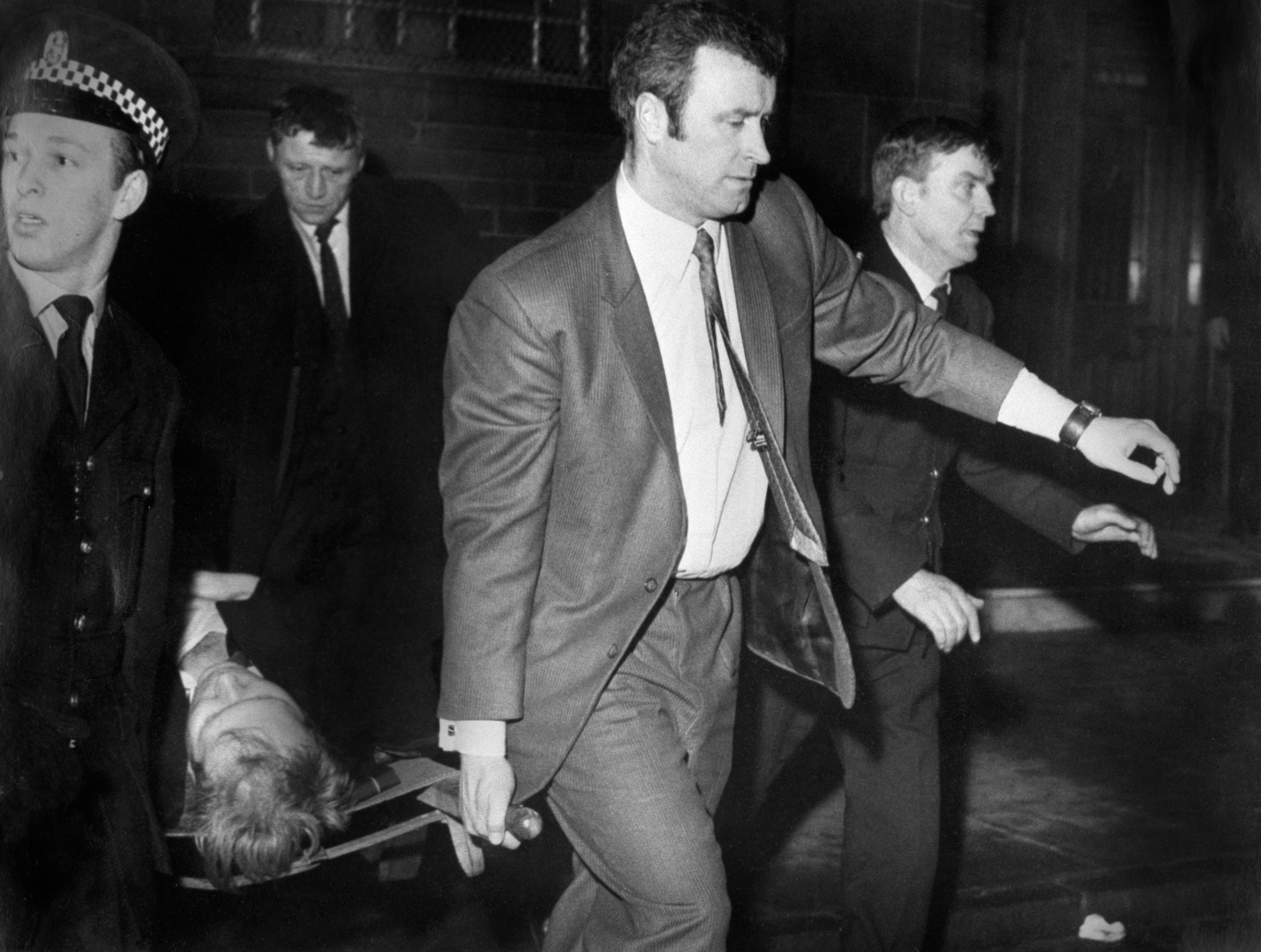
And he says it was only after the 1971 disaster that the full impact of the domino-effect which led to the crush was realised.
Dr Still, who is originally from Aberdeen and is widely regarded as the UK’s leading expert in crowd safety, told the PA news agency: “The incident led to not only a radical rethink in safety but also the development of the Safety at Sports Grounds Authority and people became much more aware of those kind of risks, with stairways inevitably a focus of much more attention.
Get FourFourTwo Newsletter
The best features, fun and footballing quizzes, straight to your inbox every week.
“So it does take a disaster of that kind of scale before people will make changes.
“My work is always focused on can we anticipate what the next kind of disaster will be? Can we use the models and simulations of physics or the crash-test dummies with crowds to analyse what could go wrong and try to prevent similar incidents occurring?
“Ibrox made a huge difference to our understanding of risk. It took a disaster of that scale for people to realise there was more involved.
“It’s only been in the last 10 or 15 years that we have had the technology to run simulations. Before that, you could not put a crowd into the environment and knock them over to see what would happen.
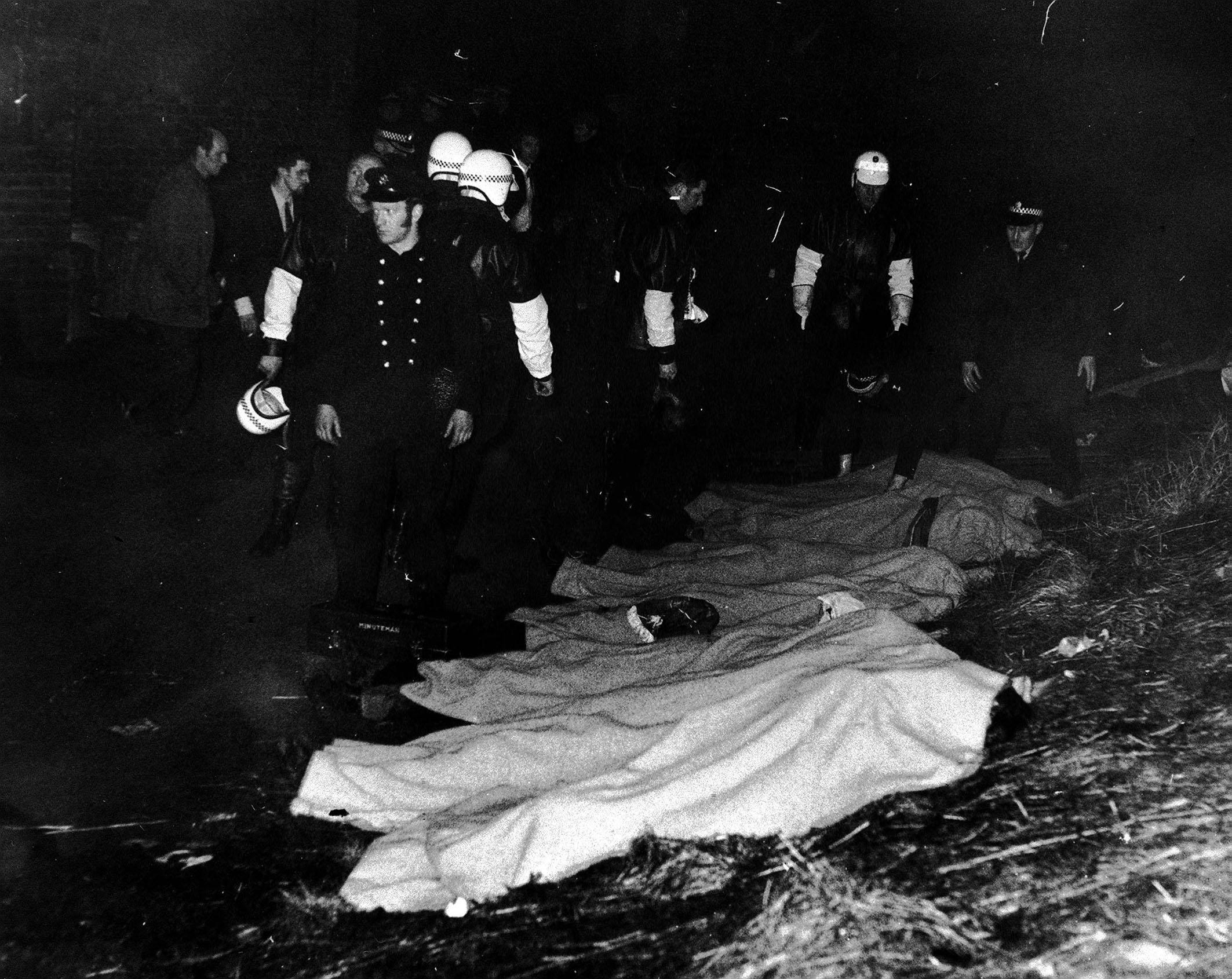
“You can test steel to destruction, you can test concrete to destruction – but you can’t test people to destruction.
“So techniques have improved, the science of crowd dynamics has developed and people understand a lot more the levels of risk.”
The disaster occurred just moments after Rangers striker Colin Stein had equalised in injury time only moments after Celtic winger Jimmy Johnstone had himself netted late on for the visitors.
The cause was initially put down to departing Gers fans turning back to rush inside to join the celebrations of Stein’s goal.
But this was later dispelled by a Fatal Accident Inquiry, which ruled the accident happened when one person falling on the stairs caused a massive chain-reaction as fans piled on top of each other.
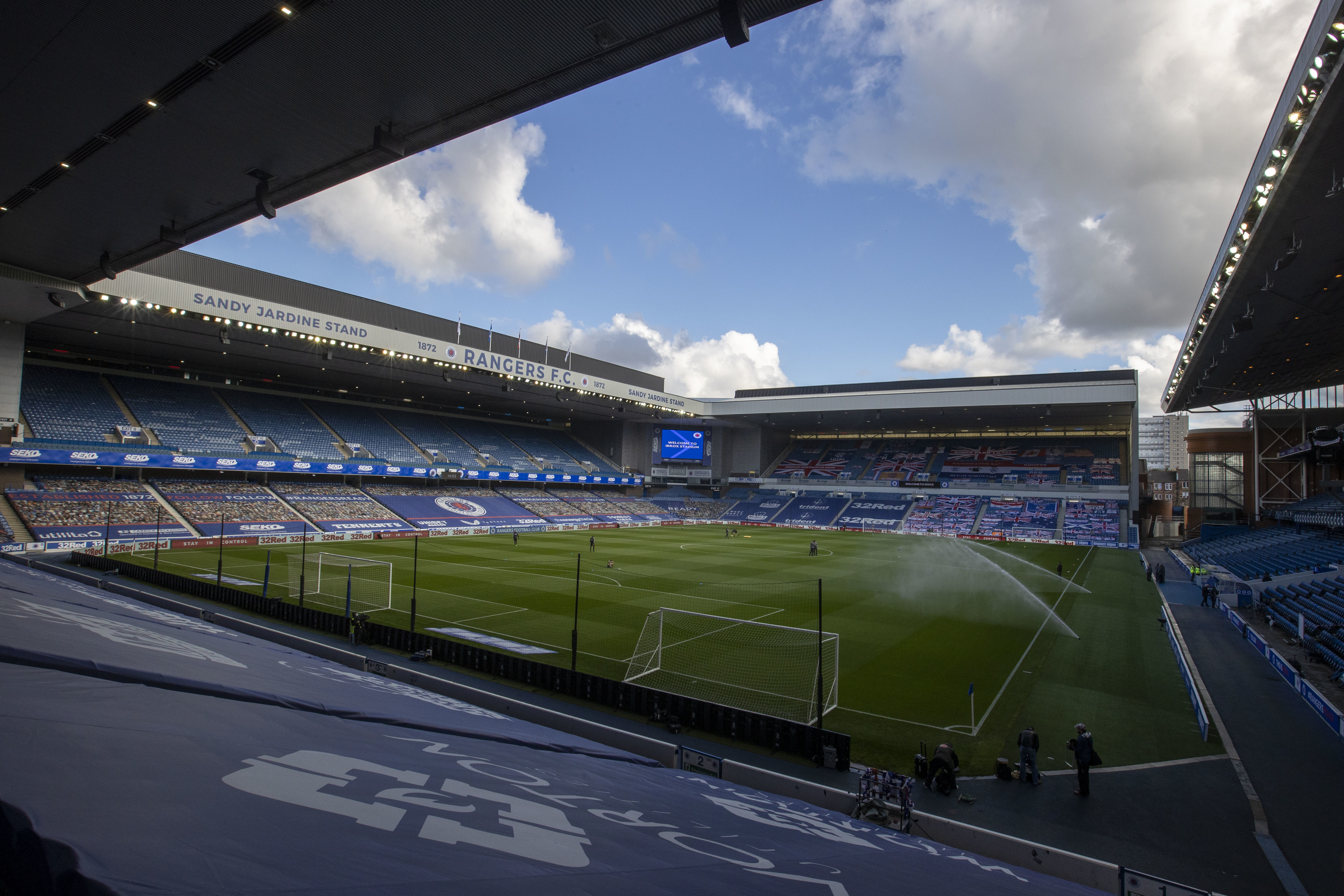
Ibrox was rebuilt in the aftermath of the disaster, with manager Willie Waddle basing designs for the new ground on Borussia Dortmund’s Westfalenstadion.
And Dr Still praised the foresight of Waddle to realise piecemeal measures would not make Ibrox a safe place for Rangers fans to watch their team.
“The rebuilt stadium, plus the Wheately report, the Safety at Sports Ground Act and just the understanding of crowd risks is the legacy to the people who died,” he said.
“The fact we know the physics now and it bettered our understanding of those kind of risks.
“Unfortunately it takes fatalities of this nature – Hillsborough, Bradford, Ibrox – for us to realise the issues.
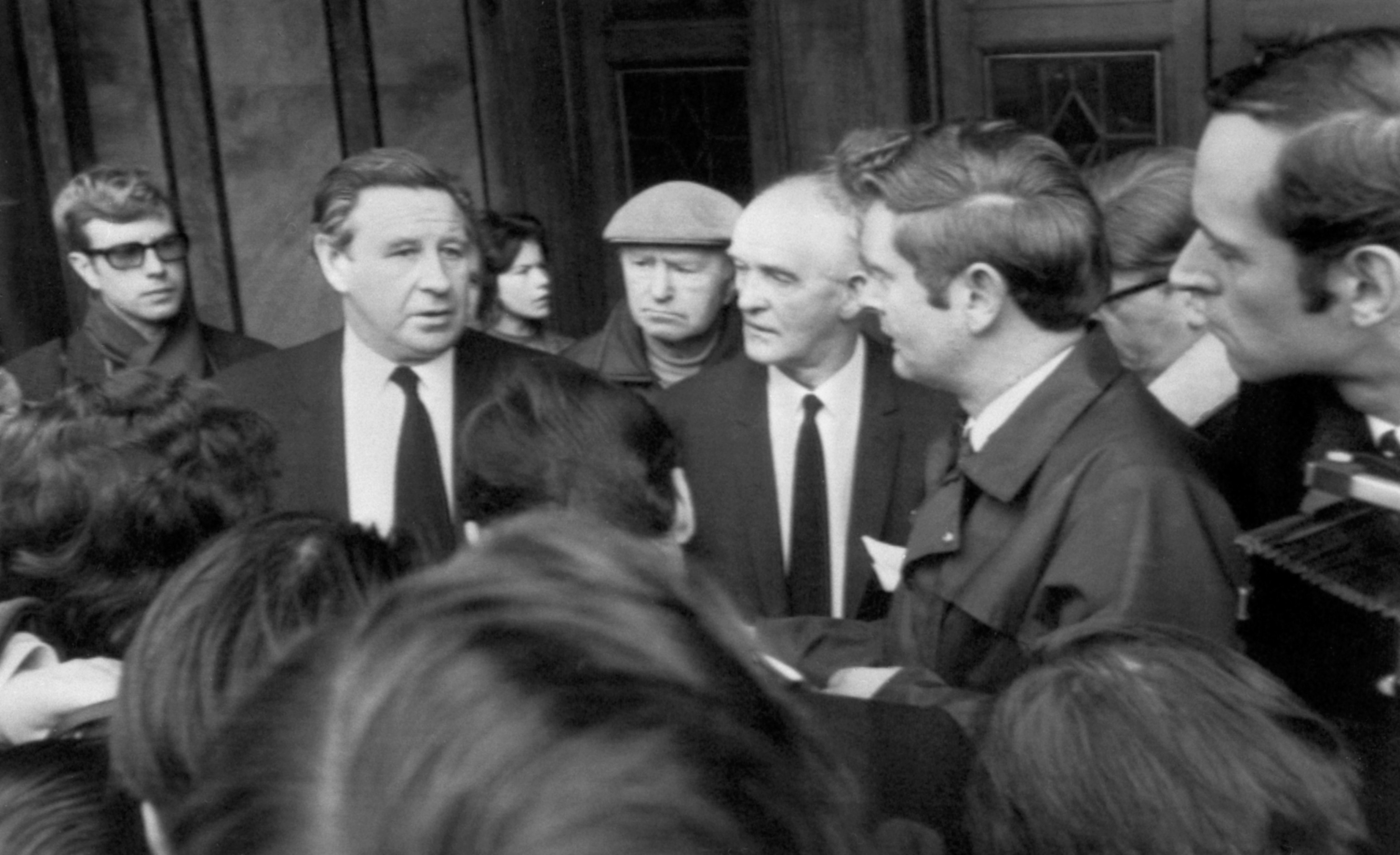
“It takes vision and imagination to realise that we need to make change rather than just hoping it might not happen again. That’s the complacency that is generally the route of most major incidents.
“So someone like Willie Waddle and the people involved in that rebuild said, ‘We’ve got to change and we’ve got to change dramatically. We can’t put an extra couple of stewards in there. We need a radical rethink on this’.
“That’s the philosophy that is required and it did the world a favour in creating this new guidance and understanding of the levels of crowd risk.
“Most people think, ‘We’ll just change a little thing in case something goes wrong. We don’t want to make radical changes.’
“Well that doesn’t work. What does work is understanding the hows and the physics of it and thinking we cannot allow this kind of design to continue.”
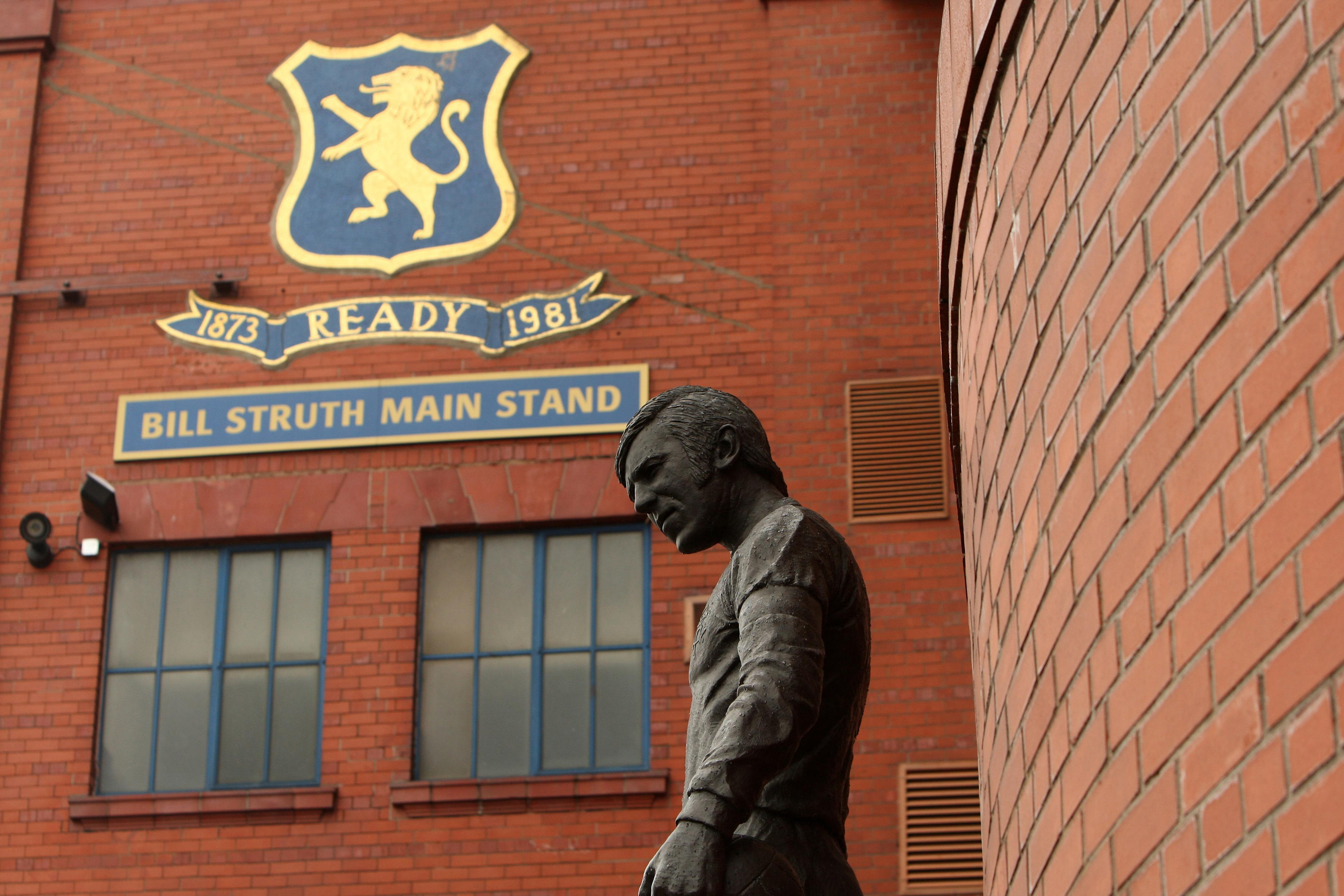
Dr Still lectures around the world, advising government officials and construction firms on how to minimise the risk to the public at sports grounds and concert venues.
But he admits the dangers from over-crowding will always be present if the right steps are not taken to reduce risk – even here in the UK.
“There is a saying about history, which is we never learn from it,” he said. “An incident happened at Celtic Park only as recently as 2018 at a Rangers and Celtic match when fans were crushing along that narrow aisle next to the cemetery.
“These things are always potentially poised for mass fatalities and failure of nature.
“I saw that incident and though, ‘How can we make these sort of mistakes’? This is stuff we teach regularly now. The courses I run on crowd safety issues are mandatory training for all English police commanders.
Celtic have apologised to fans caught up in a crush outside the club's stadium before Sunday's match against Rangers https://t.co/odHrXsIbGWpic.twitter.com/UhQ7zaZeg2— BBC Scotland News (@BBCScotlandNews) September 3, 2018
“I’m from Scotland and we should be doing it universally. I work now in Australia and India now teaching the same sort of things, such as how do you stop these things from happening and what is the DNA of an accident.
“If you understand causality and the chain of events that can lead to an accident – primarily high-density moving crowds on an uneven surface – then you understand that when you get to that high level of packing there is a significance risk to life and limb. End of.”
